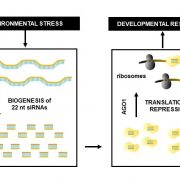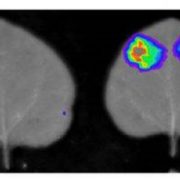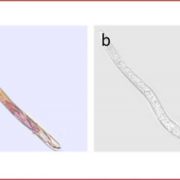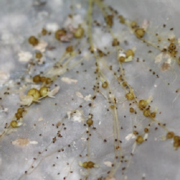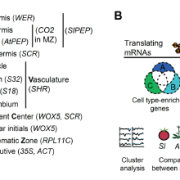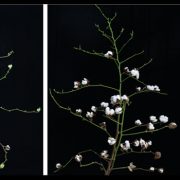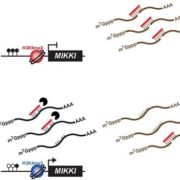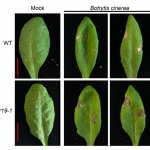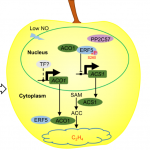Nitrate transporter NRT2.1 is a determinant of a nitrogen acquisition switch between nitrate uptake and symbiosis in Lotus japonicus (Plant Cell)
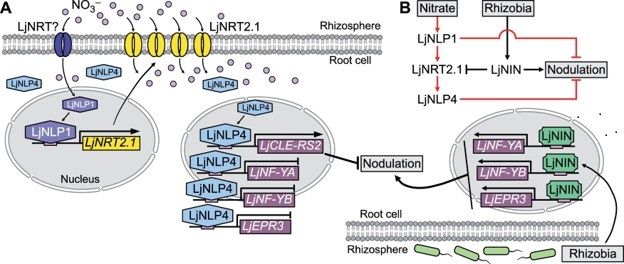 When nitrogen or nitrate availability is high, symbiotic nodule generation is curtailed to conserve the associated energy cost. But how does the presence of nitrate interfere with nodulation and symbiosis? Previously, genetic studies identified nitrate unresponsive symbiosis (nrsym) mutants in Lotus japonicus in which nodule formation is insensitive to nitrate levels. Here, Misawa et al. analyzed two new nrsym mutants, which they found to be affected in the LjNRT2.1 gene that encodes a high affinity nitrate transporter. Further analysis demonstrated the complex interaction between this nitrate transporter and transcription factors previously shown to promote nodulation, such as NODULE INCEPTION (NIN), or suppress nodulation, such as NIN-LIKE PROTEINs (LjNLPs). Briefly, LjNPL4 induces expression of LjNRT2.1, promoting nitrate uptake. The elevated cellular nitrate causes LjNLP4 to move into the nucleus, promoting expression of genes that suppress nodulation. Conversely, in the presence of rhizobia, LjNIN competitively binds to the LjNRT2.1 promoter and suppresses nitrate uptake. Thus, LjNRT2.1 acts as a switch between nitrate uptake and symbiosis. (Summary by Lekshmy Sathee @lekshmysnair) Plant Cell 10.1093/plcell/koac046
When nitrogen or nitrate availability is high, symbiotic nodule generation is curtailed to conserve the associated energy cost. But how does the presence of nitrate interfere with nodulation and symbiosis? Previously, genetic studies identified nitrate unresponsive symbiosis (nrsym) mutants in Lotus japonicus in which nodule formation is insensitive to nitrate levels. Here, Misawa et al. analyzed two new nrsym mutants, which they found to be affected in the LjNRT2.1 gene that encodes a high affinity nitrate transporter. Further analysis demonstrated the complex interaction between this nitrate transporter and transcription factors previously shown to promote nodulation, such as NODULE INCEPTION (NIN), or suppress nodulation, such as NIN-LIKE PROTEINs (LjNLPs). Briefly, LjNPL4 induces expression of LjNRT2.1, promoting nitrate uptake. The elevated cellular nitrate causes LjNLP4 to move into the nucleus, promoting expression of genes that suppress nodulation. Conversely, in the presence of rhizobia, LjNIN competitively binds to the LjNRT2.1 promoter and suppresses nitrate uptake. Thus, LjNRT2.1 acts as a switch between nitrate uptake and symbiosis. (Summary by Lekshmy Sathee @lekshmysnair) Plant Cell 10.1093/plcell/koac046


